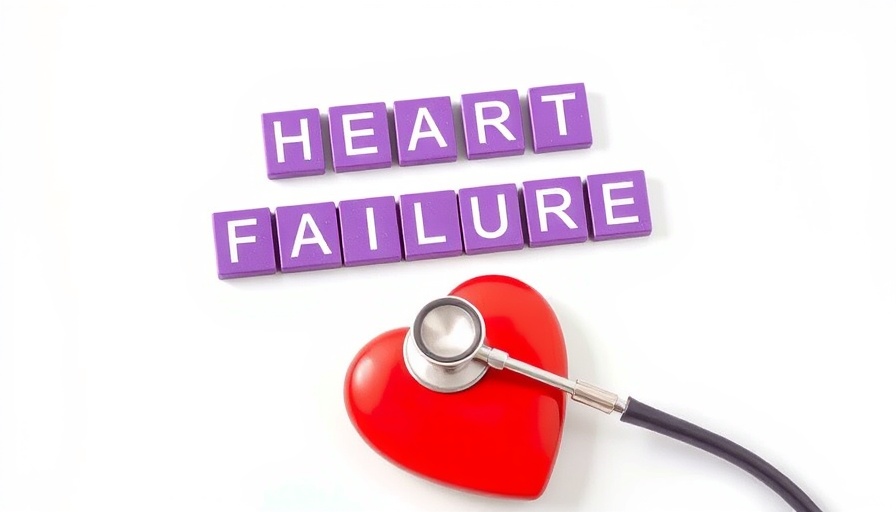
Understanding LVAD: A Lifesaving Device for Heart Failure
Left Ventricular Assist Devices (LVADs) have emerged as a significant advancement in the treatment of heart failure, especially for patients awaiting heart transplants. Designed to help the heart pump blood more effectively, these devices can substantially improve quality of life and survival rates for individuals with severe heart conditions. However, recent research highlights critical concerns, particularly regarding an increased risk of stroke associated with LVAD use.
What Recent Studies Uncover About Stroke Risks
Research findings presented at the recent Neurology conference emphasize that while LVADs enhance heart function, they can also increase the potential for thromboembolic events, including strokes. These studies indicate that the risk of ischemic stroke—where blood flow to the brain is obstructed—may be heightened in patients using LVADs. This troubling link invites a deeper look into both the benefits and potential risks associated with these life-supporting devices.
Why Patients and Families Should Be Informed
Understanding the dual nature of LVAD therapies is crucial for patients and their families. On one hand, these devices can be life-altering, providing the strength needed for patients to engage more fully in daily life. On the other hand, the risk of stroke cannot be overlooked. When discussing LVAD placement, healthcare providers must assess the individual's overall health, other existing medical conditions, and discuss the risk-benefit ratio comprehensively.
Exploring Treatment Alternatives and Risk Management
For patients considering LVADs, it’s essential to explore all available options. Emerging technologies in artificial hearts or enhanced medical therapies may appeal to patients seeking alternatives with potentially lower risks. Additionally, if LVAD treatment is chosen, proactive management of stroke risk through anticoagulation medications and regular monitoring may mitigate potential complications.
The Role of Ongoing Research and Patient Education
As the medical community delves deeper into the complexities of LVAD use, ongoing research is crucial to better understand how to balance the benefits and risks. Medical professionals aim to refine patient selection and care practices to enhance outcomes. Patient education is a fundamental part of this process; individuals must be empowered to engage in conversations about their treatment options.
Conclusion: A Call for Awareness and Thoughtful Decisions
For patients facing heart failure, LVADs can offer a vital lifeline. However, understanding the comprehensive risks involved is essential for making informed healthcare decisions. A collaborative approach involving patients, families, and healthcare providers can lead to optimal outcomes and ensure that individuals experiencing the realities of heart failure receive the best possible care.
 Add Row
Add Row  Add
Add 




Write A Comment